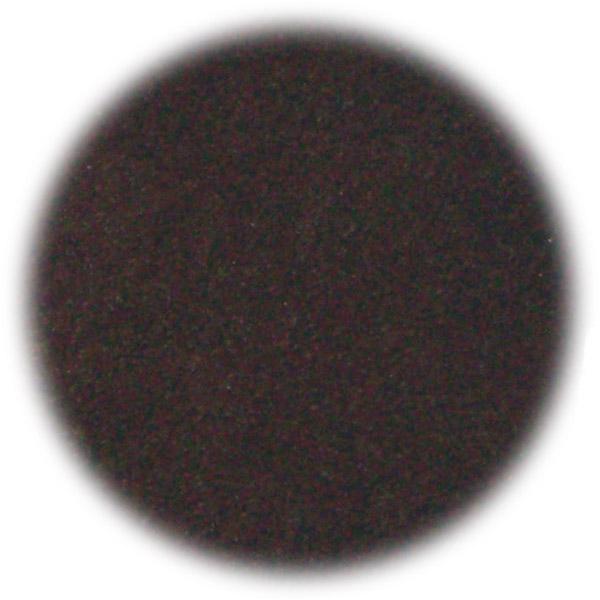Lac (Laccifer lacca) is a scale insect known from antiquity throughout India, Southeast Asia, Nepal and China. It can be found in both wild and cultivated form as an infestation on trees of the Ficus or raintree families. The word Lakh in Sanskrit means "hundreds of thousands", and it is still used today in India to denote 100,000. After the female lac insect invades the stems and twigs of host trees, the insects are enveloped by their own secretions. This hard resinous coating originates from the plant sap metabolized by the lac insect.
The dye must be extracted from the resinous coating before it can be successfully used to color cloth. The resin is known as shellac, and is used for lacquer and as a protective covering for wood. Lac's active color ingredient, laccaic acid, responds well to alum mordants yielding rich shades of crimson to pink and purple to burgundy.
Lac is an affordable alternative to obtain pinks, purples and burgundy reds on protein fibers using an alum mordant. You will need a small amount of citric acid to use with lac.
This dye/additive is not intended for human/animal consumption.
Description
- Function: Dye
- Form: Crystalline
- Application: Silk, Wool
- Color: Pinks, Burgundy, Purple
- Typical Use Rate: 10-15% Weight of Fiber
- Source: Secretion of the Laccifer lacca insect
- Package Size: 1.0 oz.


